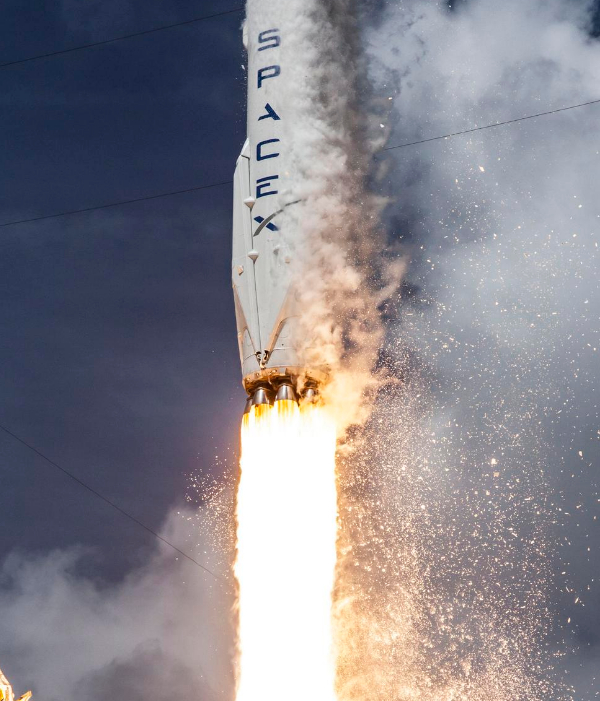Space talks forecast future issues
 A futuristic summit in Adelaide has seen experts gather to better understand the medical risks associated with space travel.
A futuristic summit in Adelaide has seen experts gather to better understand the medical risks associated with space travel.
With commercial space flight fast becoming a reality, the medical community wants to know what effect leaving Earth will have on the everyday person.
The forum held by the Australasian Society of Aerospace Medicine focused on the medical challenges for humans in space.
It featured a talk by former astronaut Dr Robert Thirsk, a Canadian who spent 205 days in space.
Speaking to reporters before the event, he said he wants as many people as possible to experience what is beyond Earth.
“I'm looking forward to the day when we're flying not tens or hundreds of people per year, but tens of thousands of people per year,” Dr Thirsk said.
“[But] space environment, vacuum, extremes of temperature, radiation, weightlessness are pretty tough on the human body,” he said.
“We're determined to continue exploring space so we have to come up with medical counter measures that allow astronauts to continue and thrive in space.”
The Australasian Society of Aerospace Medicine’s Dr Gordon Cable said space travel risks were still largely unknown.
“We need a lot of research in a lot of different areas and we have a very limited population of people who have flown into space currently,” he told the ABC.
“There are many things we still don't know about space and the effect of space on human physiology.”
Adjusting to microgravity will be a key challenge.
“It might be certainly one of the attractive aspects of space flights for many of the tourists but it comes with some unexpected risks such as space motion sickness and interaction with certain disease processes that the patients may have, for instance problems they may have with the cardiovascular system or with medications they take,” Dr Cable said.
Dr Thirsk said the medical testing of highly-trained astronauts so far has brought benefits for people on the ground.
“For example osteoporosis ... is very similar to what happens to astronauts on orbit, but four times faster. So we're guinea pigs or laboratory rats to help researchers on the ground better understand osteoporosis, its mechanisms and what some of the countermeasures and treatments could be,” he said.
“The answer of course is to fly more and more people, and the new era that's dawning of space tourism perhaps that will allow us to do a bit more medical research with more people,” he said.
“But number one we have to make sure people are aware of the risks, and number two allow as many people to fly as possible but knowing that there are some health limits, there are some fitness limits beyond which if you do not meet, you cannot fly.”








 Print
Print